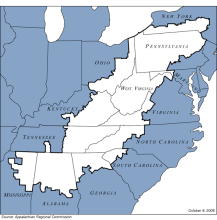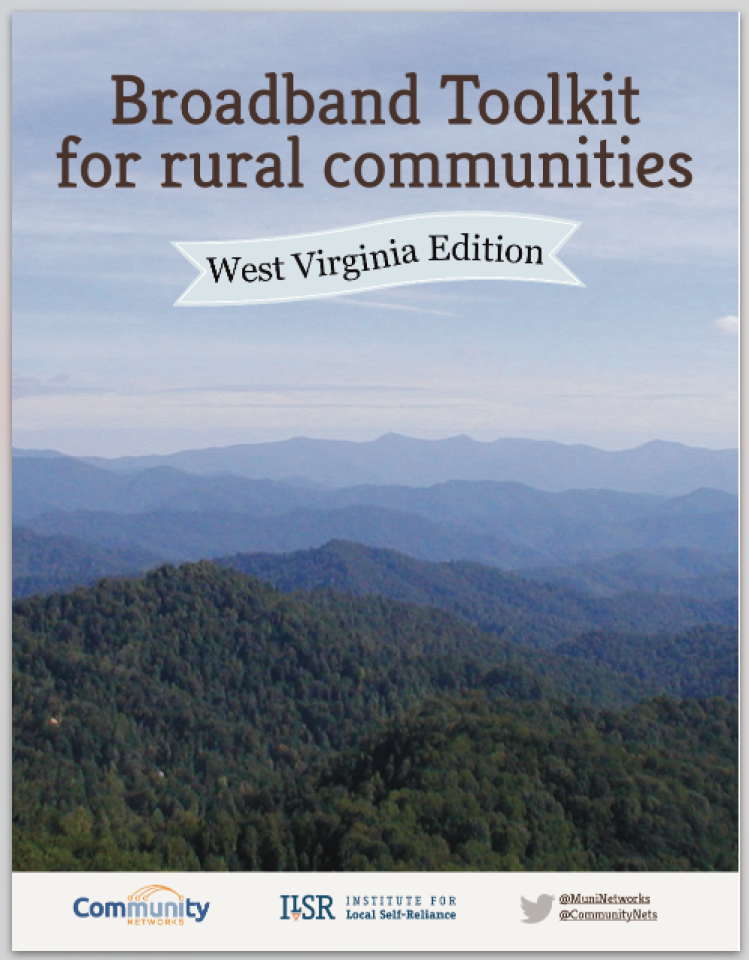Ohio Valley ReSource Covers Appalachian Broadband Summit, Quotes Christopher
Ohio Valley ReSource - July 18, 2017
Country Connection: Rural Residents Ask FCC To Improve Internet Access
[Republished in WFPL, WKU - Western Kentucky Radio, West Virginia Public Broadcasting, WKMS Murray State Radio, WEKU FM]
Written by Benny Becker
More than two million people across the Ohio Valley live in areas that lack any option for fast and reliable internet service. This week some of them had a chance to tell a member of the Federal Communications Commission what that means for their work, studies, and everyday life.
The Appalachian Connectivity Summit in Marietta, Ohio, explored possible local solutions. But the event came during a week that also saw large internet providers suing to stop one way to connect more people to broadband service. ...
Net Gains
For more than a decade, Christopher Mitchell has been working on broadband expansion issues with the Minnesota-based Institute for Local Self-Reliance. Mitchell gave the connectivity summit’s keynote address, and Frontier got a mention in his talk.




